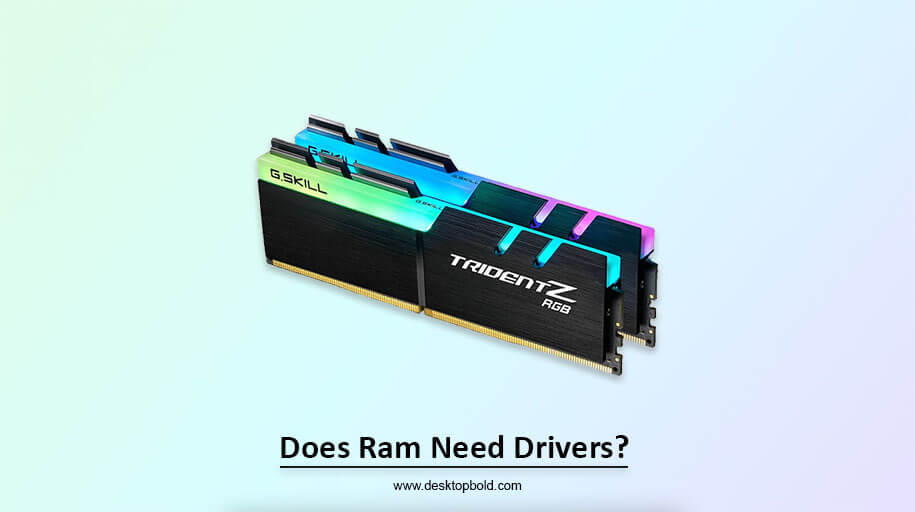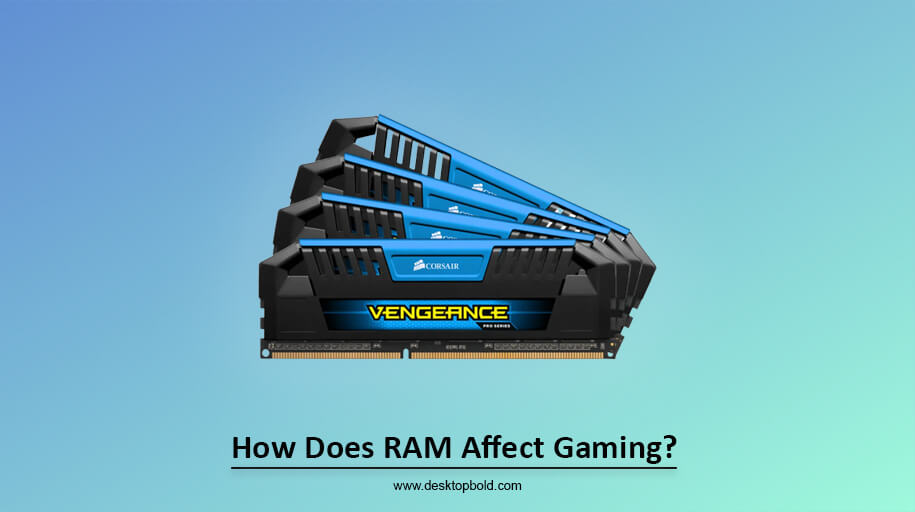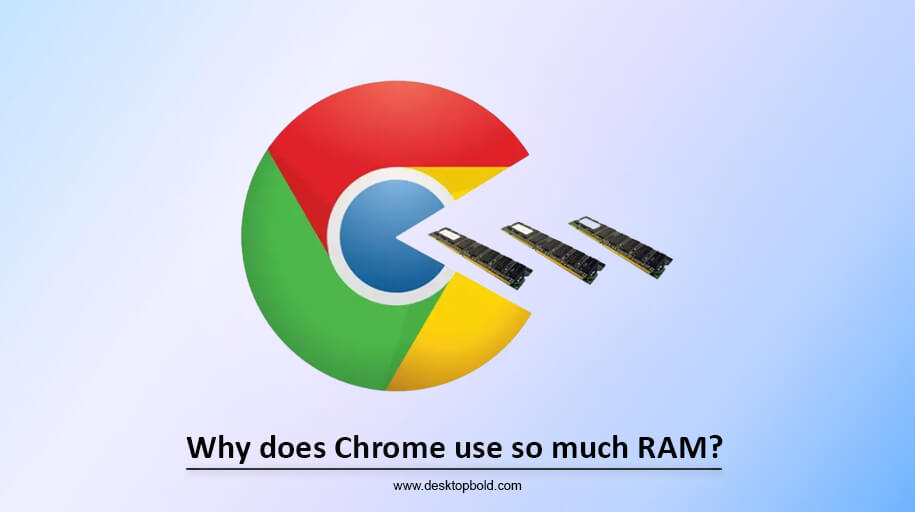Any device connected to a computer that isn’t connected via the rear I/O port typically requires special software. Hardware upgrade units (GPUs) need graphics drivers, central processing units (CPUs) need the proper Computer system, and significant storage drives need an operating system. However, what does RAM require? Does RAM need drivers?
There are no drivers for RAM. An increase in random access memory (RAM) is the term you need. Unlike apps on a desktop or laptop, RAM lacks drivers, so you cannot upgrade these “–anti” drivers.
Your RAM, however, is easily upgradeable.
Fortunately, RAM can function just fine without needing special drivers or setups. As a start for connectivity, you have the standard QVL list. These days, however, they are only helpful as a starting point. Any RAM should work on any motherboard if it is the right DDR edition.
Then why do some RAM modules fail to function even when the correct DDR version is installed? After adding new Memory, do I need to do anything besides installing the necessary drivers? Read on for answers to any other questions regarding RAM configuration.
Do You Need Drivers to Install RAM?
RAM can function on any Desktop without the need for any specialized drivers. Because RAM serves primarily as a backup for the computer, no programs are designed to work with it mainly. The hard drive provides any requested temporary data and stores it in random access memory (RAM). The central processing unit can then quickly retrieve this as it processes commands.
Drivers are a collection of files that tell your computer’s hardware how to talk to the Operating system. When interacting with RAM, it is unnecessary to specify an operation because it uses only used as a secondary, volatile data storage medium. That is to say, it merely “reads” data into other parts of the system that will carry out the actual computations and processing.
Why should you upgrade my RAM?
RAM, or random access memory, is the “brain” of your computer’s short-term Memory. The Random Access Memory (RAM) in your computer stores information temporarily that will be needed soon. This way, it won’t have to check every file on your hard drive.
Adding more Memory is one way to increase your computer’s speed and overall performance. Your computer will run more efficiently and quickly if you upgrade its RAM. You can expect a quick boot time, less lag between opening new windows, improved responsiveness, and higher game frame rates.
What does upgrading RAM do?
To temporarily store data on the CPU rather than the hard drive, an increase in RAM is required (CPU). Even the fastest solid-state drives (SSD) are slow compared to the speed of RAM. With sufficient RAM, your computer will move faster and become usable.
Increasing a computer’s RAM is typically done to achieve one goal: increased speed.
- In less time, do more online tasks.
- They need to have computers that are for gaming.
- Don’t let your images or videos crash your computer.
- Give a computer a second chance at life by recycling it.
The advantages tie to increasing your computer’s speed and performance. That’s the primary justification for upgrading your RAM.
Are there Any Risks?
DIY RAM upgrades are not without their risks. In addition to the risk of damaging your computer’s sensitive components, there are numerous reasons why you shouldn’t open it. You could also be disregarding any manufacturer’s warranty.
Read on to learn the most important considerations when upgrading your RAM so you’ll be prepared.
Even if you don’t want to upgrade the RAM, there are other ways to speed up your computer.
How can I upgrade my Laptop’s RAM?
Is it possible to upgrade a laptop’s RAM? If you have yet to use your computer’s entire available RAM, yes. The amount of Memory a laptop can accommodate lies on the same criteria as a desktop computer.
Furthermore, certain notebooks may not support Memory upgrades at all. In rare cases, RAM will permanently bond to the motherboard. If you want to know if your laptop’s Memory is upgradeable, check the manufacturer’s website.
Assuming your laptop supports upgrading its RAM, go as follows:
- You should close your computer, turn it off, and let it cool down.
- Make sure that everything is disconnected and turned off.
- Place it face down on your desk or table.
- You can eliminate static electricity by touching an unpainted metal part of your laptop. The internal components of the computer will be more protected in this way.
- You can get rid of static electricity by touching an unpainted metal part of your laptop. The internal components of your computer will be more protected in this way.
- To replace your Memory, carefully pull off the clips holding the modules. Each RAM expansion should project at an angle. You can take it out of the Memory slot as well.
- Grab your brand-new RAM sticks by the edges or corners. Keep the module’s top components, especially the gold connections.
- Insert the new RAM chip into the motherboard slot, ensuring the notch matches the one in the space. When it’s at its lowest point, fully insert it.
- Make sure the Memory is installed flat by pressing down firmly on it within the laptop. The clips need to go back to where they were.
- Reconnect the laptop’s wires and cables after you’ve put the cover back on and flipped it over.
PC Ram 16GB vs 32GB – How Much You Need for Different Tasks?
As the release of DDR5 memory modules draws near, the cost of current-generation DDR4 and DDR3 memory sticks has declined significantly worldwide. A 32GB DDR4 kit is now under $250, while a 16GB module is just over $100. A 32GB memory module is relatively inexpensive compared to a 16GB one. Growing memory requirements have made it difficult for consumers to decide between 16GB and 32GB of RAM.
RAM requirements have increased over the years for software and entertainment. In 2010, an 8GB ram setup was sufficient for most people’s gaming and general computing needs.
Look at any prebuilt system or gaming laptop on the market today, and you’ll notice that it has 16GB of RAM or more. Now is the sweet spot where you can multitask without burdening your computer.
My laptop, which I’m using to type this, is a gaming laptop with 16GB of RAM. While testing Red Dead Redemption 2, I also had an HD video playing on YouTube (using the Chrome web browser), and together they used about 11 GB of Memory.
Even though upgrading to 32GB of RAM will make your computer future-proof in every way, isn’t that too much? The gamers played many games on high-end PCs but used at most 16GB of storage space.
However, upgrading to 32GB memory is recommended for working with large files while making adjustments, especially when editing videos. However, committing to such a large sum is only practical if you will consistently require it. If you’re working with lots of large 4K files, for instance, 32GB of Memory will make your life a lot easier.
Does Computer Ram Need Drivers?
RAM sticks are components that can be plugged in and used. It is unnecessary to be concerned about anything else so long as you have a type of RAM module compatible with your motherboard. In order for the RAM modules to be detected and utilized, it is not necessary for you to update your operating system or install any drivers.
When Do You Need to Update Your Drivers on your PC?
Drivers are pieces of software that allow Windows and other applications to talk to their works of hardware. A driver must be downloaded and installed before using your video card. Like software applications, drivers include updates and upgrades that fix faults and provide new features.
If a gadget is giving you trouble, try updating its drivers. Even if you installed the most up-to-date drivers on your computer, it didn’t simply make it run faster.
While updating a driver, only a small subset of use applications and hardware configurations often benefit from the improved performance and problem fixes. If everything is running smoothly on your PC, there’s usually no need to update the drivers.
There is, of course, an essential qualification to this statement. Suppose you want to get the most out of your computer. In that case, you should update all of its drivers, including the graphic card drivers provided by the manufacturer, the chipset drivers, the network drivers, and the sound card drivers. Using the official NVidia or ATI/AMD drivers can significantly improve performance over Windows’s native support for video cards.
Conclusion
32GB is overkill for most gamers and enthusiasts. Please don’t use it unless you manage massive, high-resolution video files.
If your system hits 16GB, you need 32 GB. Otherwise, 16GB kits are cheap and fulfil all computing needs today. Computer upgrades cost money. If you still think that ram needs drivers? So the answer is, only spend extra on ram once you need it.




